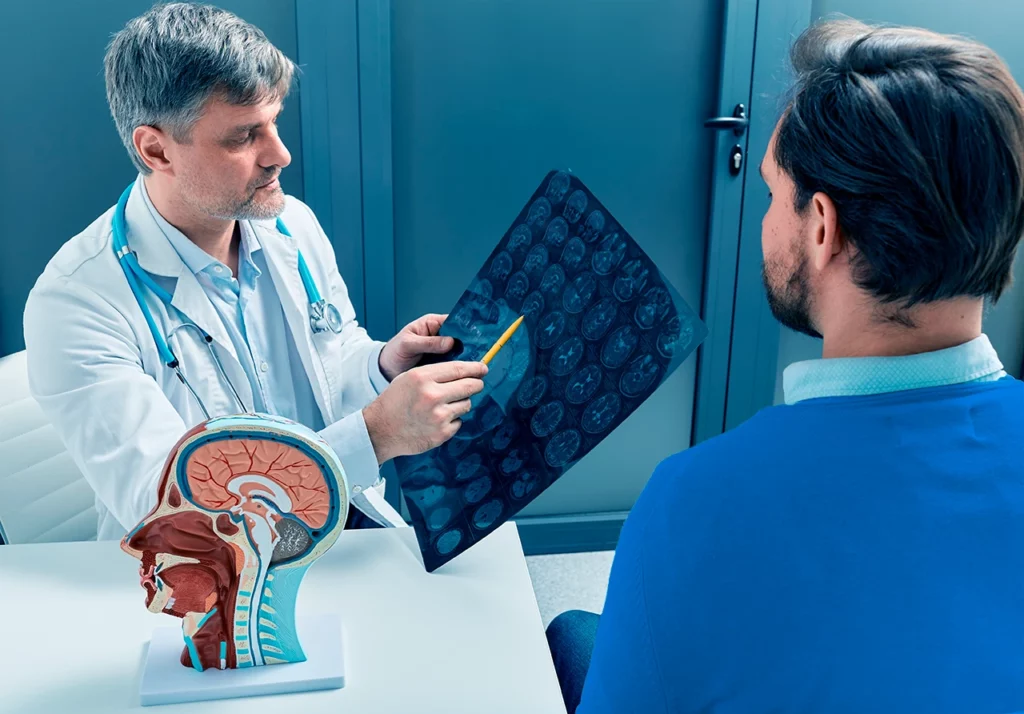Cysticercosis is a parasitic disease, a tapeworm infection, that affects millions of people worldwide, especially in regions with poor sanitary conditions.
What is cysticercosis
Cysticercosis occurs when a person ingests the eggs of the Taenia solium parasite, which are found in food and water contaminated with human feces.
The eggs release larvae that pass through the intestinal wall and spread through the bloodstream to different organs or tissues, where they form larval cysts known as cysticerci.
These cysts can develop in the muscles, eyes, skin, and even in the brain, causing different symptoms depending on the area where they are located.
If these cysts develop in the brain, the disease is called neurocysticercosis, and it is a serious condition.
Cysticercosis symptoms
The symptoms depend on the location, size, number of cysts, and the host’s immune response.
Muscular cysticercosis is usually asymptomatic, although some people may experience muscle pain, subcutaneous nodules, and inflammatory myopathy.
Ocular cysticercosis affects the eyes and may result in blurred vision or vision loss, eye pain, and inflammation of the eye; in severe cases, blindness may be irreversible.
Neurocysticercosis can cause a variety of symptoms depending on the area of the brain affected. However, seizures are the most common symptom and may even be the only one. Headache, hydrocephalus (which is the accumulation of cerebrospinal fluid), and focal neurological deficits that weaken or cause loss of function in a part of the body may also occur; in severe cases, cognitive impairment may develop, presenting with memory loss, confusion, and personality changes.
Cerebral cysticercosis – is it curable?
Cerebral cysticercosis is a treatable condition, although treatment success depends on several factors such as the number of cysts, their location, and the patient’s clinical condition.
The therapeutic approach may include the use of antiparasitic medications to eliminate the larval cysts, corticosteroids to reduce brain swelling and prevent worsening of symptoms, and anticonvulsants for patients who have experienced recurrent seizures.
In some cases, surgical removal of the cysts may be necessary.
After treatment, some patients may require long-term follow-up due to neurological consequences such as post-infectious epilepsy or cognitive impairment.
To prevent this parasitic infection, it is essential to implement proper sanitary measures such as the consumption of safe drinking water, good personal hygiene, proper cooking of meats, and comprehensive health education.
Although cysticercosis is a complex parasitic disease, proper diagnosis and timely treatment help control and cure many of its symptoms.
At the Saludora Medical Center’s Internal Medicine Department, we can provide you with specialized care. Contact us!
Fuentes
CDC, OMS, Secretaría de Salud


